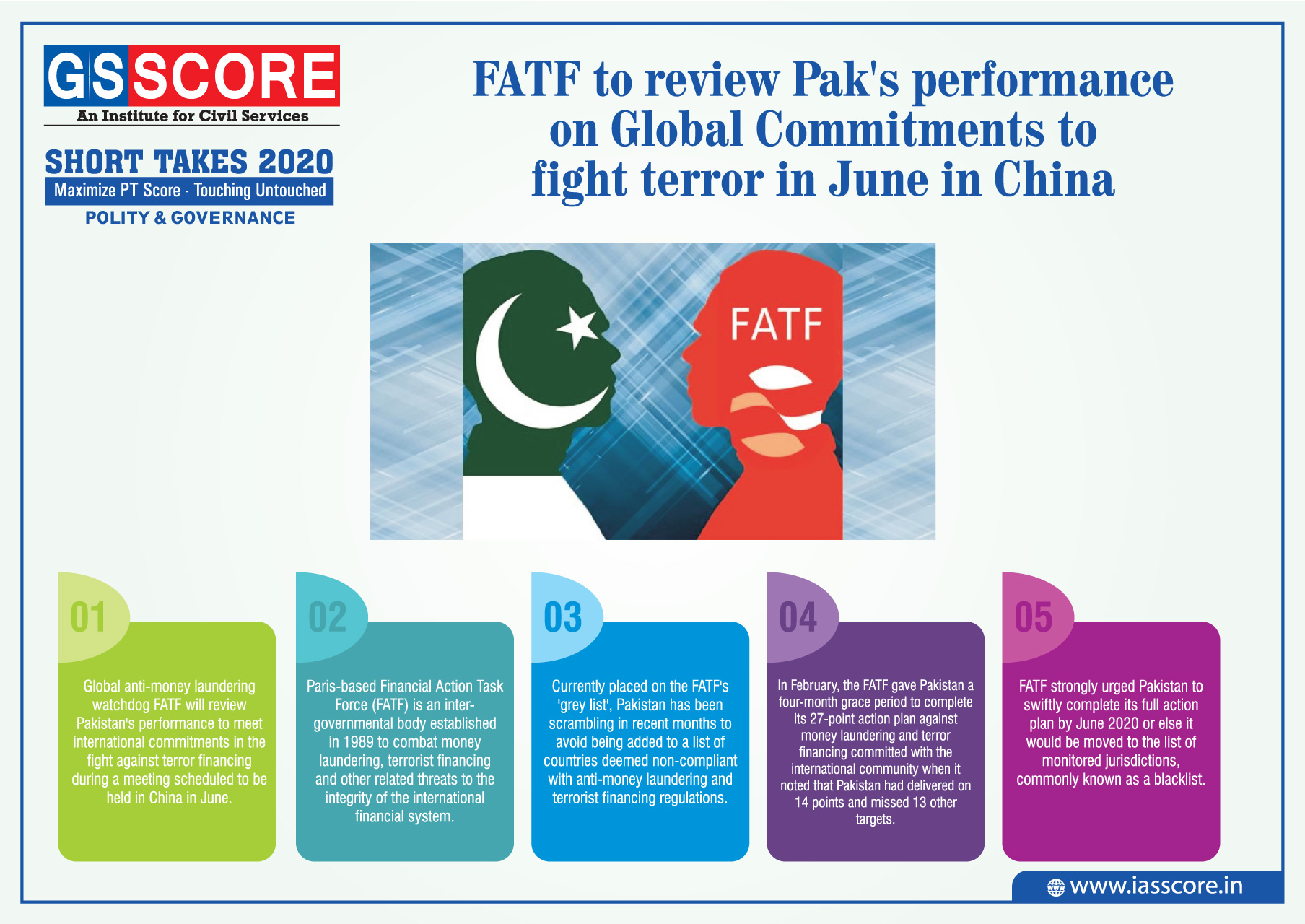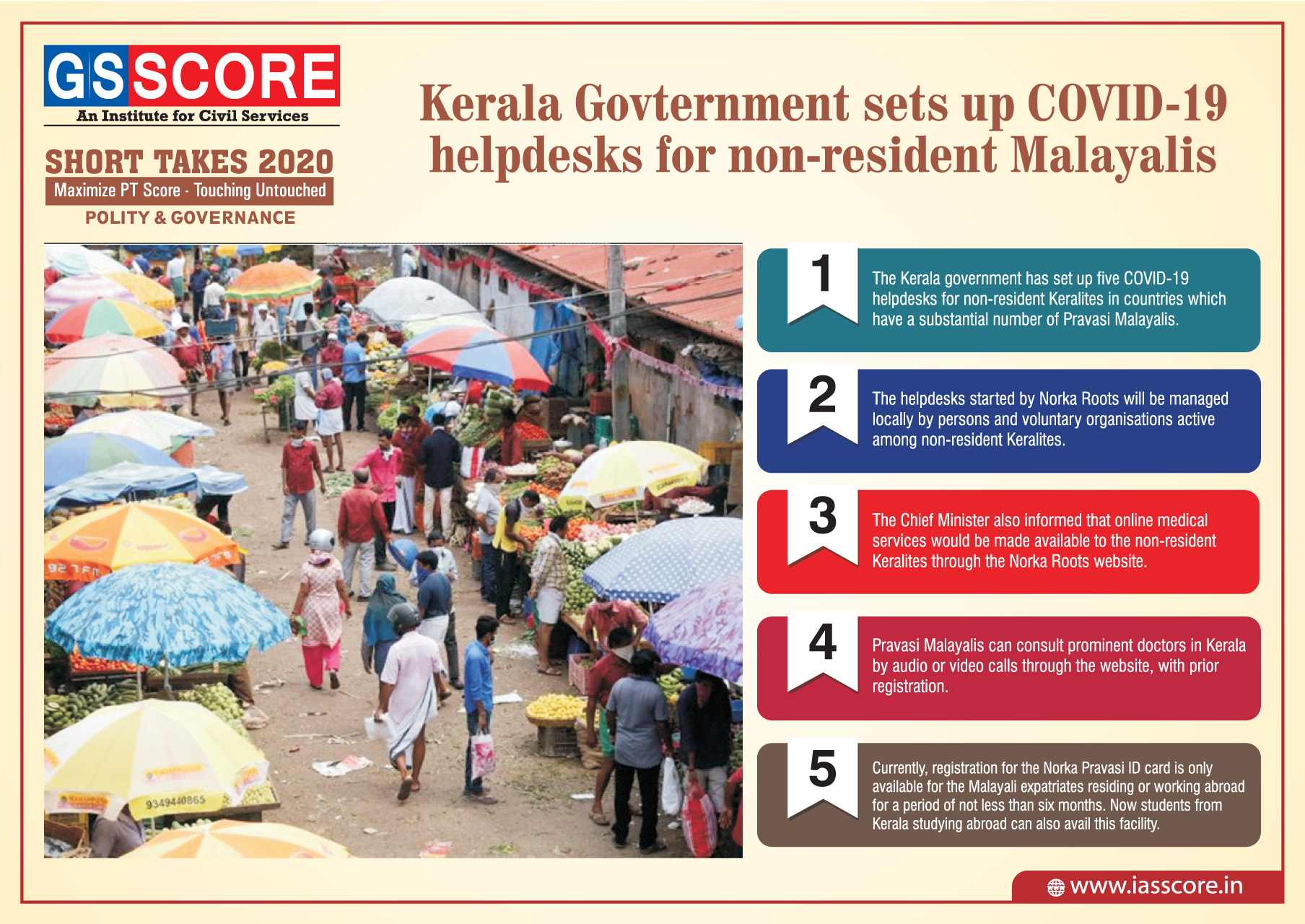History: Expansion of British Power in India
Ropeway project to Elephanta caves
Context
Ministry of Culture assured that "full cooperation" will be provided to India’s first and longest ropeway project over the sea connecting Mumbai with the Elephanta Caves.
About
- It is pitted as the country’s first and longest ropeway project over the sea.
- It is to be executed by the Mumbai Port Trust, under the Ministry of Shipping.
- As Elephanta caves is a world heritage site, clearance will have to be taken from Archaeological Survey of India (ASI), besides the Indian Navy, Coast Guard and the Ministry of Environment.
- The required approval is likely to come soon under the Ancient Monuments and Archaeological Sites and Remains Act, 1958.
Significance
- The caves see an annual footfall of nearly seven lakh visitors and are one of the must-visit places around Mumbai.
- Presently, it takes around an hour for the 10-km cruise from Mumbai and vice versa. The 14-minute ride by 30-seater cable cars will give a major boost to tourism
Elephanta Caves
- The Elephanta Caves are located in Western India on Elephanta Island (otherwise known as the Island of Gharapuri) in Mumbai Harbour.
- The caves are carved out of solid basalt rock and cover an area of 60,000 sq. ft
- There are two groups of caves on Elephanta Island, each featuring the rock-cut style of architecture.
- The larger one of these two groups has five caves with numerous Hindu sculptures.
- Two Buddhist caves at the site make up the smaller group along with water tanks and a Stupa.
- Each cave has been carved as a rock-cut temple with one main huge chamber, courtyards, two lateral chambers, and minor shrines.
- Cave 1 aka the Grand Cave is the biggest one among these. This cave temple is mainly dedicated to Lord Shiva and has several structures and carvings celebrating the deity and his different forms.
- Today, the magnificent Elephanta Caves count among the top tourist attractions and historical monuments in Mumbai. This architectural marvel was granted the status of UNESCO World Heritage Sites in 1987.
Indus Valley inscriptions
Context
- A research paper published recently in Palgrave Communications, a Nature group journal claims that majority of the Indus Valley inscriptions were written logographically (by using word signs) and not by using phonograms (speech sounds units).
- Another paper, titled “Interrogating Indus inscription to unravel their mechanism of meaning conveyance”, published recently points out that the inscriptions can be compared to the structured messages found on stamps, coupons, tokens and currency coins of modern times.
About
- Indus Valley inscriptions are discovered from 4,000 ancient inscribed objects, including seals, tablets, ivory rods, pottery shards, etc.
- These Indus inscriptions are one of the most enigmatic legacies of the Indus Valley civilization but these have not been deciphered due to the absence of bilingual texts, extreme brevity of the inscriptions, and ignorance about the language(s) encoded by Indus script.
Findings of the paper:
- The paper focuses on understanding how Indus inscriptions conveyed meanings, rather than on deciphering what they conveyed.
- Analysing the brevity of the inscriptions, the rigid positional preferences maintained by the signs of the inscriptions, and the co-occurrence of restriction patterns demonstrated by certain classes of Indus signs, it was inferred that such patterns can never be phonological co-occurrence restrictions (two or more sound units that cannot be pronounced together).
- A very compelling, nearly unassailable proof of the logographic nature of Indus inscriptions comes from the co-occurrence restriction patterns maintained within them.
- It classifies all the signs into nine functional classes.
- The inscribed seals and tablets were used in some administrative operation that controlled the commercial transactions prevalent in the trade-savvy settlements of the ancient Indus valley Civilisation.
- The inscriptions can be compared to the messages found on stamps, coupons, tokens and currency coins of modern times, where we expect formulaic texts that encode certain type of information in some pre-defined ways, rather than freely composed narrative.
- A common perception among some scholars is that the Indus script is logo-syllabic, where one symbol can be used as a word sign at one time and as a syllable-sign at another. This method, where a word-symbol also gets sometimes used only for its sound value, is called the rebus principle. For example, we can combine the pictures of a honey bee and a leaf to signify the word “belief” (bee+leaf).
- The paper states that, though many ancient scripts use rebus methods to generate new words, the inscriptions found on the Indus seals and tablets have not used rebus as the mechanism to convey meaning.
UNESCO World Heritage Sites
Context
UNESCO (The United Nations Educational, Scientific and Cultural Organization) declared the Prosecco Hills of Conegliano and Valdobbiadene as a UNESCO World Heritage Site at the 43rd agency’s meeting in Baku (capital of Azerbaijan).
About
More on News:
- Italy has more UNESCO sites than any other European country–and it ties only with China globally.
- The hills of Conegliano and Valdobbiadene is located north-east of Venice in Italy. It is home to the world-famous sparkling wine Prosecco.
- The landscape is characterized by Ciglioni, a small plots of vines on narrow grassy terraces, forests, small villages and farmland.
- These hills are the eighth UNESCO World Heritage site in the Veneto region, the 55th site in Italy, and the 10th site in the world to be registered under the category of “cultural landscape” in recognition of their unique interaction between man and the environment.
- The new World Heritage Site status is expected to promote awareness, encourage tourism and boost the local economy.
- Earlier in this month, UNESCO also added The Twentieth Century Architecture of Frank Lloyd Wright as another cultural site to its list of World Heritage properties.
UNESCO’s World Heritage Site list
- The list of World Heritage Sites is maintained by the international ‘World Heritage Programme’ which is administered by the UNESCO World Heritage Committee.
- The UNESCO World Heritage Committee is composed of 21 UNESCO member states, elected by the General Assembly.
- A World Heritage Site is a place that is listed by UNESCO for its special cultural or physical significance.
Criteria for inclusion in List of UNESCO World Heritage Sites
- Any heritage or any historical site has to be first on the tentative list to be a part of UNESCO’s World Heritage sites. Once it makes it to the tentative list, then the proposal is sent to the UNESCO for inclusion in the final List of UNESCO World Heritage Sites, only if the site:
- Contains significant natural habitats for conservation of biological diversity, including threatened species of outstanding universal value from the point of view of science or conservation.
- Associates with events, living traditions, ideas, beliefs, and artistic & literary works of outstanding universal significance etc.
Expansion of British Power In India
The East India Company, which started initially as a trading company, had, by 1773, acquired territorial control over Bengal, Bihar, Orissa, Madras and Bombay. The Nawab of Awadh and Carnatic were their dependents.
However, after 1765 they had to face stiff opposition from the Marathas, Haider Ali and Tipu Sultan of Mysore, and the Sikhs. The East India Company had to subjugate these powers in order to be paramount in India.
The Conquest of Mysore:
- The State of Mysore was ruled by Haider Ali, a brilliant general, an able administrator and a shrewd diplomat. While the Carnatic was plagued by wars and Bengal was passing through a period of political turmoil, Haider Ali steadily rose to power in Mysore. He extended his kingdom up to the Krishna River.
- Mysore, under Haider Ali, became a source of danger to the rising British power in India. Between 1767 and 1799, the Company waged four wars to destroy the power of Mysore.
The First Mysore War:
- In 1769 A.D. Haider Ali defeated the British in the First Anglo-Mysore War and besieged Madras.
- The English were forced to sign a treaty according to which they promised to come to Haider Ali’s help if he was attacked by another power in future.
- This treaty undoubtedly raised the prestige of Haider Ali.
The Second Mysore War (1780-1784 A.D.):
- In 1771 the Marathas attacked Haider Ali but the English did not help him in spite of their promise. Haider Ali waited for an opportunity to take revenge. When the English attacked and occupied the French port of Mahe, the only outlet for Mysore’s trade with Europe, Haider Ali declared war on them.
- In the Second Anglo-Mysore War (A.D. 1780- 1784) the Nizam and the Marathas started as allies of Haider Ali but later on went over to The English side.
- Yet Haider Ali swept through the Carnatic, captured Arcot and threatened Madras. But the British army under Eyre Coote defeated Haider Ali at Porto Navo and saved Madras. After Haider Ali’s death in 1782, the war was carried on by his son Tipu Sultan.
- The war came to an end by the Treaty of Mangalore (1784 A.D.). The prisoners of war and the conquered territories were mutually returned.
The Third Mysore War (1790-1792 A.D.):
- The Treaty of Mangalore had not resolved the conflict between Tipu and the English. Since both the English and Tipu Sultan were aiming at political supremacy over the Deccan, a renewal of hostilities between the two was inevitable.
- The Third Anglo-Mysore War started (A.D. 1790-92) when Tipu attacked Travancore, an ally of the English and the only source of pepper for the East India Company.
- The Nizam and the Marathas who were jealous of Tipu’s growing power joined the English. Lord Cornwallis defeated Tipu and forced him to sign the Treaty of Siringapatnam in 1792 A.D.
According to this treaty:
- Tipu had to surrender half of his kingdom which was divided among the English and their allies i.e. the Maratha and the Nizam.
- Tipu also had to pay a huge war indemnity of 330 lakhs of rupees. Besides, Tipu had to hand over two of his sons to the English as hostages.
- The Third Anglo-Mysore War destroyed Tipu’s dominant position in the south and firmly established English supremacy there. This war also revealed that the Indian powers were shortsighted enough to aid a foreign power against another Indian power for the sake of temporary gains.
Fourth Anglo-Mysore War (1799 A.D.):
- A man like Tipu could not forget the humiliation of his defeat in the Third Anglo- Mysore War. He began preparations for a trial of strength with the English. He began to add to the fortification of his capital, improve his cavalry and discipline his infantry. He also tried to enlist the support of the French to oust the British from the south.
- Lord Wellesley was determined to prevent French reentry into India. He asked Tipu Sultan to enter into a subsidiary alliance accepting British sovereignty. On Tipu’s spirited refusal, the Fourth Anglo-Mysore War started (A.D. 1799). The Nizam joined the English.
- Tipu died fighting. Half of Tipu’s kingdom was annexed and divided between the English and the Nizam. The other half was given to a child of the old Hindu royal family which had been overthrown by Haider Ali. Tipu’s family was exiled to Vellore. The new ruler of Mysore became a subordinate ally of the British. British supremacy over southern India was established.
- It had taken the English 32 years to subjugate Mysore. The threat of French revival in the Deccan was permanently eliminated.
The Collapse of the Marathas:
- The Marathas had established a powerful empire in south-western part of India. But after the defeat at Panipat in 1761, Maratha power was split into five different virtually independent centres of power. The Peshwa, the head of the Marathas, was stationed in Poona. Gaekwad (in Baroda), Bhonsle (in Nagpur), Holkar (in Indore) and Sindhia (in Gwalior) were the other four Maratha chiefs.
- The Marathas had made a remarkable recovery after the Battle of Panipat. Hence, it became imperative to confront the growing power of the English who aspired to take over the whole of India. Four Anglo-Maratha wars were fought between 1775 and 1818.
The First Anglo-Maratha War (1775-1782 A.D.):
Causes:
- The First Anglo-Maratha War was a direct outcome of the involvement of the English in the internal politics of the Marathas with the motive of expanding their territories.
- A bitter struggle for Peshwaship between Madhav Rao II (the infant son of the murdered Peshwa, Narayan Rao) and Raghunath Rao (an uncle of Narayan Rao who had been responsible for his murder) prompted the East India Company to interfere in favour of the latter.
Events:
- The Maratha chiefs were united under the leadership of Nana Fadnavis who supported the claim of the infant Peshwa Madhav Rao II.
- The Maratha army defeated the British army sent from Bombay. Warren Hastings sent an army from Bengal. The war dragged on for 4 years. The Marathas won a decisive victory.
Results:
- The long war with the Marathas came to an end by the Treaty of Salbai (1782). It provided for the mutual restitution of each other’s territories. Raghunath Rao was pensioned off. Madhav Rao II was recognised as the Peshwa. The British gained little out of this war except the island of Salsette.
- However, the treaty inaugurated an era of 20 years of peace with the Marathas. The Company used this period to subjugate Mysore and strengthen their position in Bengal. But the Maratha chiefs frittered away their energy in bitter conflicts among themselves.
The Second Maratha War (1803 A.D. – 1805 A.D.):
Causes:
- After Madhav Rao II’ s death, Peshwa Baji Rao II succeeded him. He was a weak ruler. In spite of their internal conflicts, Mahadaji Sindhia and Nana Fadnavis had succeeded in keeping the Marathas united. But after their death, the various Maratha chiefs, blind to the real danger from the rapidly increasing British power, were engaged in bitter strife with one another to control the Peshwa. This power struggle among them proved to be their undoing.
- In 1802, when Holkar defeated the combined armies of Peshwa Baji Rao II and Sindhia, Baji Rao fled to Bassein and sought British protection. He accepted the subsidiary alliance and was installed in Poona by the Company.
Events:
- Alarmed by the growing power of the British, Sindhia and Bhonsle declared war against them. But their combined forces were defeated.
Results:
- Both Sindhia and Bhonsle had to accept all the terms of the subsidiary alliance. They had also to surrender large tracts of valuable land. An English Resident was posted in their territories. Holkar, who had remained neutral in the second Anglo-Maratha War, took up arms against the English. He was subsequently defeated and his capital Indore was captured.
- Wellesley’s policy of conquest was proving to be very expensive for the Company. So he was recalled from India. Wellesley’s successor George Barlow signed a peace treaty with Holkar in 1806. He restored his kingdom to Holkar. The defeat of the Marathas in the second Anglo-Maratha War was a severe blow to their power and prestige.
The Third Anglo-Maratha War (1817 A.D.-1818 A.D.):
Causes:
- After the Second Anglo-Maratha War, the Marathas made one last attempt to shake off the Company’s yoke. Peshwa Baji Rao II began to resent the control of the British Resident.
- Further, Lord Hastings forced him to renounce the headship of the Maratha confederacy and surrender more territory to the Company.
Events:
- The Third Anglo-Maratha War started in 1817 when the Peshwa, with the support of Bhonsle and Holkar, attacked and burnt down the British Residency in Kirkee near Pune. But the English decisively defeated them. Within a year the entire Maratha confederacy was subjugated.
Results:
- Peshwa Baji Rao II was deposed and deported to Bithur. But he was granted a pension of Rs 8 lakh a year. His territories were annexed. The hereditary post of Peshwa was abolished. A small state, Satara, was created out of the Peshwa’s territories and a descendant of Shivaji was installed on the throne.
- The Maratha leaders ceded large portions of their territories to the English. All of them accepted the system of subsidiary alliance. The Marathas were the only Indian powers who were capable of succeeding the Mughals. They had risen to power with the decline of the Mughal Empire, but were nearly wiped out by the British. Only the Punjab retained her independence.
Causes of Maratha Failure:
- The Maratha chiefs failed to unite even in times of crisis. The English took advantage of this disunity.
- By the end of the 18th century the Marathas had lost some of their ablest leaders. But they failed to produce leaders like Baji Rao I, Mahadaji Sindhia or Nana Fadnavis.
- The Marathas lacked an efficient system of administration or a sound economic policy. The system of extorting chauth and sardesmukhi made them lose the loyalty of the conquered people.
- The British were equipped with modern military techniques. With their outmoded methods of warfare, the Marathas were easily defeated by the English.
The Annexation of the Punjab:
- The loose confederation of the Sikhs of Punjab was unified into a compact powerful unit by Ranjit Singh. He expanded his empire through conquests.
- To check his advance beyond the Sutlej the East India Company persuaded Ranjit Singh to sign the Treaty of Amritsar (1809). By this treaty he promised not to expand east of the Sutlej and confine his conquests to the north.
The First Sikh War:
Causes:
- After Ranjit Singh’s death, the Punjab went through a period of chaos and confusion. Taking advantage of political instability in the area, the Khalsa army had become very powerful. The British watched these developments and increased their military forces at the borders, possibly anticipating future war.
- In 1843, Ranjit Singh’s minor son, Dalip Singh, became the ruler with Rani Jindan as the Regent. To weaken the army and keep it engaged, Rani Jindan deliberately encouraged the army to cross the river Sutlej and attack the English. In December 1845 the Sikh army crossed the Sutlej and invaded the Company’s territories. This led to the First Anglo-Sikh War (1845-1846).
Events:
- The patriotic Sikh soldiers fought very bravely but they were completely defeated. The British army occupied Lahore.
Results:
- By the Treaty of Lahore (1846) the Sikhs ceded the Jalandhar Doab, Kashmir and its dependencies to the English. A British Resident and a powerful British force were posted in Lahore. Kashmir was sold to Gulab Singh, a Dogra chief.
- By a supplementary treaty it was decided that the Sikh state was to be ruled by a Council under the control of the British Resident. Rani Jindan was removed from her post.
The Second Sikh War:
Causes:
- British control over the Punjab aroused a lot of resentment among the Sikhs. In 1848 a number of revolts against the British broke out in the Punjab.
- The Governor-General, Lord Dalhousie, declared war. The Sikh army which had been reduced by the Treaty of Lahore was completely crushed.
- By a proclamation in 1849, Lord Dalhousie annexed the whole of the Punjab to the British Empire. Dalip Singh was pensioned off.
Results:
- The Marathas, Mysore and the Punjab had challenged the British presence in the subcontinent. Each of them had been subjugated.
- With the annexation of the Punjab the British conquest of India was almost complete. Only a few small states retained their independence or were turned into subsidiary allies.
Methods of Expansion:
Apart from wars, several Governor Generals followed other methods to ensure the Company’s supremacy in India.
Subsidiary Alliance:
- Lord Wellesley perfected the system of subsidiary alliance to subjugate Indian powers without going through actual warfare. Any Indian ruler whose security was threatened could enter into a subsidiary alliance with the British. The British promised to protect the ruler from external attack and internal revolt.
- The ruler would have to accept the supremacy of the British in India. The ruler would have to keep and pay for the maintenance of certain number of British troops who would be permanently placed in the territory of the subsidiary ally. A British Resident would be posted in the court of the ruler. The Indian ruler was not allowed to employ any European in his service.
- The ruler would not sign any treaty or form an alliance with any other power without the permission of the British Resident. States like Mysore, Hyderabad, Awadh, the Rajputs and Marathas were forced to accept this alliance after being defeated by the English.
- The system of subsidiary alliance proved to be disastrous for the Indian rulers. They became virtual puppets in the hands of the British. The payment of huge amounts of money for the maintenance of British troops was a heavy drain on their resources. Indian states became impoverished while the British could maintain a portion of their army at the expense of Indian rulers.
Doctrine of Lapse:
- In 1848, Lord Dalhousie arrived in India as the Governor General. Dalhousie was determined to extend British rule over India. His imperialist policy was based on three fundamental principles, namely:
- the expansion of territories by war;
- the occupation of Indian states through the application of the Doctrine of Lapse; and
- the takeover of Indian states on grounds of maladministration.
- Dalhousie occupied the Punjab and Sindh through war. He brought several subordinate states directly under the Company’s rule by annexing them on the basis of the Doctrine of Lapse. According to Indian tradition, a king adopted an heir to the throne if he did not have his own son. But by the Doctrine of Lapse, if the king of a subordinate state died without a natural male heir, then the kingdom would ‘lapse’ to the British i.e. it would automatically pass into the hands of the British. Satara, Sambalpur, Jhansi and Nagpur were annexed under this policy. The families of the former rulers would be pensioned off. However, Nana Saheb, the adopted son of Peshwa Baji Rao II, was not given pension.
- On grounds of maladministration, Awadh was occupied in 1856. Nawab Wajid Ali was pensioned off and sent to Calcutta. By 1856, the East India Company had brought the whole of India under its control. After this no war was waged to expand the British Empire any further. Parts of the country that were under Indian rulers were effectively under British control.
FATF to review Pak's performance on global commitments to fight terror in June in China

UGC directs Universities to set up mental health helplines to address psychosocial concerns of students

UNGA adopts resolution calling for global solidarity in fight against COVID-19

COVID-19 emergency package for states, UTs

Kerala govt sets up COVID-19 helpdesks for non-resident Malayalis




